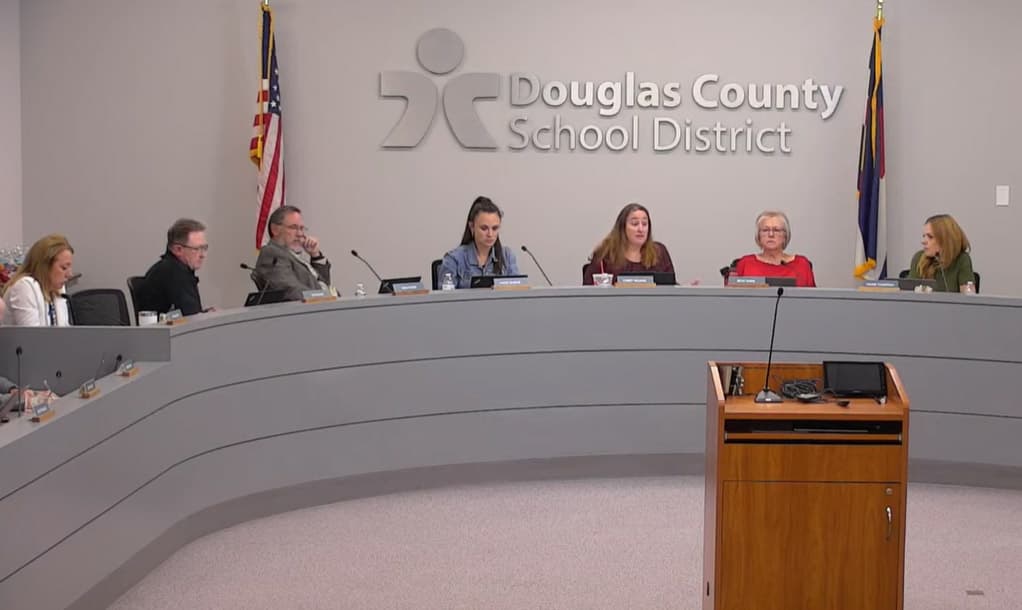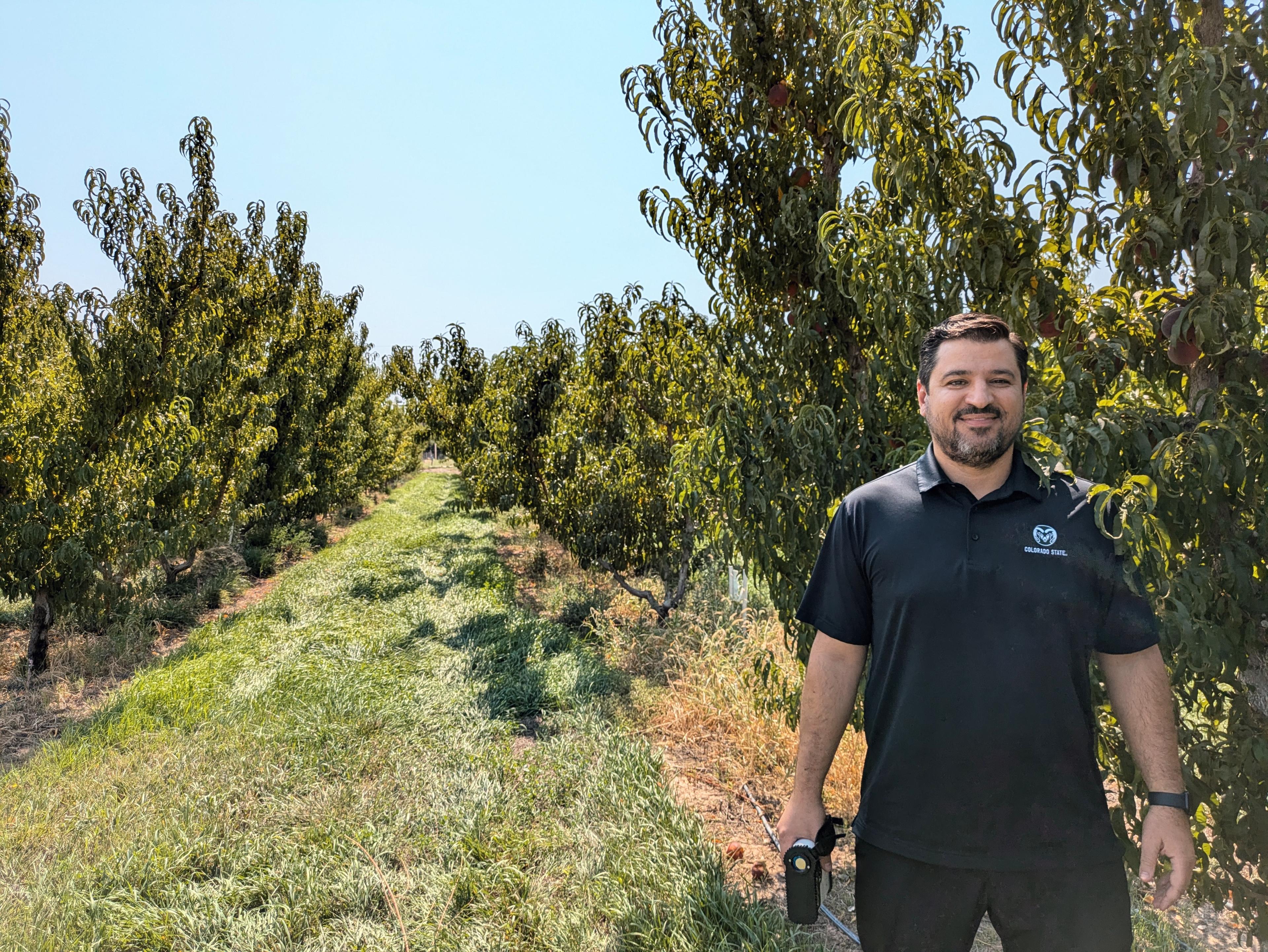
Perhaps the best thing about Colorado peaches, if you’re the kind of person who dedicates their life to this sort of thing, is just how difficult they are to grow.
Ioannis Minas, an associate professor of pomology at Colorado State University, has a long list of reasons why Colorado peaches shouldn’t work.
“Very short growing season, high risk for spring frost, even for midwinter frost, our soils are having different problems dealing with high lime concentration,” Minas said.
Minas grew up in the peach orchards of Greece, and when he looks at those Colorado hurdles, he doesn’t see them as disadvantages, but rather as what makes the Palisade peach so great. For example, an ill-timed frost, Minas said, could mean a tree has fewer blossoms, but a tree with fewer blossoms will produce a sweeter fruit — meaning the peaches that make it through the gauntlet of Colorado’s growing cycles have earned their reputation.
“Actually our growers, over time, have turned this to an advantage because all these conditions finally lead to a high-quality fruit,” Minas said.
It also means a short window for Colorado peaches that are largely marketed as a boutique, seasonal delight. Minas has been working for about eight years on a way to better target that window. It involves a handheld device, now in a pilot program with growers on the Western Slope, that can scan peaches and predict harvest dates.
“We calibrated them very accurately to measure some very critical parameters of the fruit, like dry-matter content, like sugar content and also chlorophyll content,” Minas said. “And over time we figured out that this is working really well on harvest time prediction.”
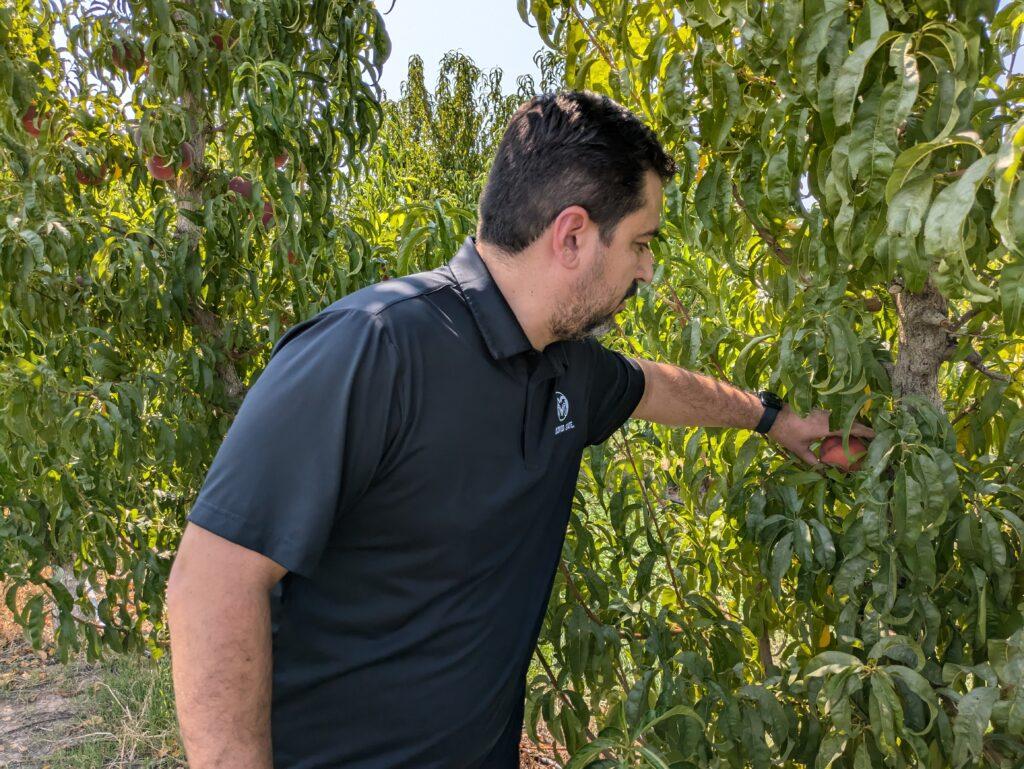

Bruce Talbott is among the growers helping with the pilot study. Talbott’s Mountain Gold is one of the top names in peaches. Talbott said the technological crystal ball is lining up pretty well with the one he’s cultivated over decades of experience.
“I think it's pretty close now. What I've got is years and years and years of gut feeling,” Talbott said. “And when you're starting to get there, you're also smelling (the peaches), you're also feeling them — you kind of squeeze them and you can get a pretty good idea of what your internal pressure is. So you fairly quickly can pretty accurately assess what's there. But I can't do that 15 days out. I can set my harvest dates pretty accurately, but I can't do it 15 or 30 days out.”
Wavelengths and weather for a mouth-watering peach
The scanner uses multiple wavelengths, including near-infrared, to get a read on how the peaches are doing. Minas said a few dozen scans should do the trick. With that data, Minas said the information can be compared to known data about weather and the region to chart where that peach will be in a few weeks.
“Our growers need to know in that crazy climatic environment … they need to know ahead of time when approximately they will have the peaches ready for their buyers,” Minas said. “And also, since we have high-premium products, we don't want to lose them. We don't want to go two days later.”
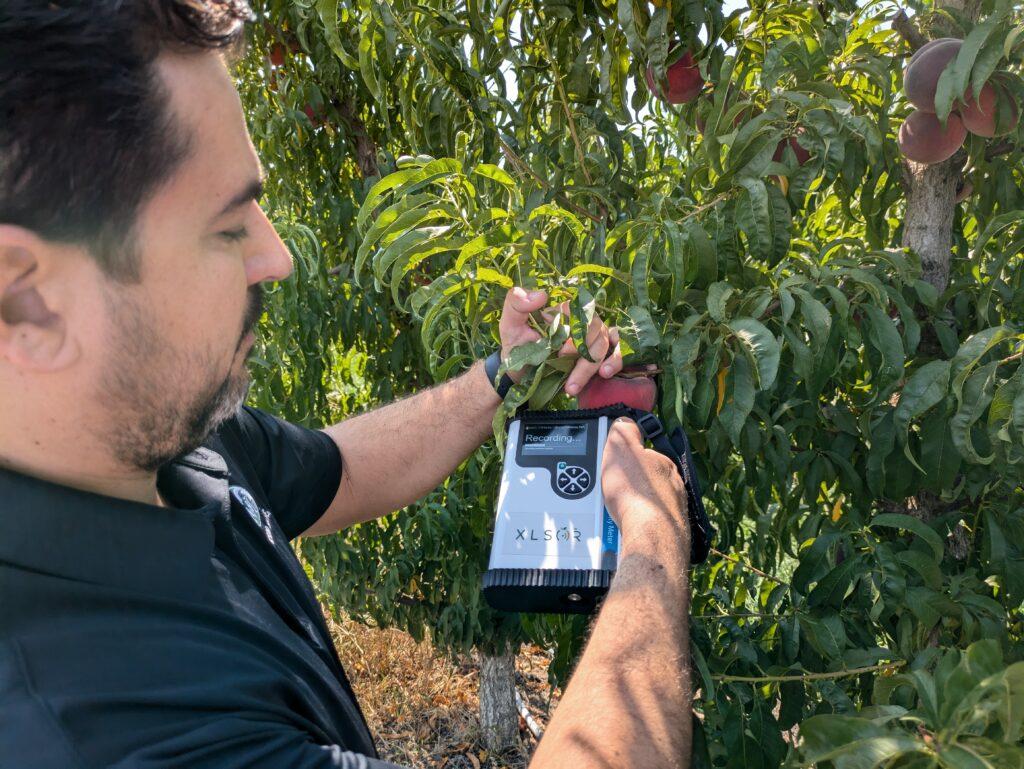

Two factors are increasing the need for such streamlining: climate change and labor shortages. Minas said the already hectic growing season in Western Colorado is only getting crazier, making it harder to rely on past predictors.
“If you go with a perception based on historic data, that might not be very secure. So this is where this technology fits in, in a changing environment or in an unpredictable environment. You have your own data and you are overcoming — every season so many troubles — to get to that state. You don't want to mess it up at the end,” Minas said.
On the labor front, having a longer-term forecast for the harvest means being more calculated with allocating labor. Help in the orchards has been an issue for decades, Talbott said, but any improvements will help the operation’s bottom line.
“We want to be able to set harvest dates 30 days out, if at all possible. And I think 30 days out we're probably within two or three days and 15 days out we're probably within a day, day-and-a-half,” Talbott said, adding that he thinks the information gathered in this year’s pilot study will be able to do just that for harvests to come.
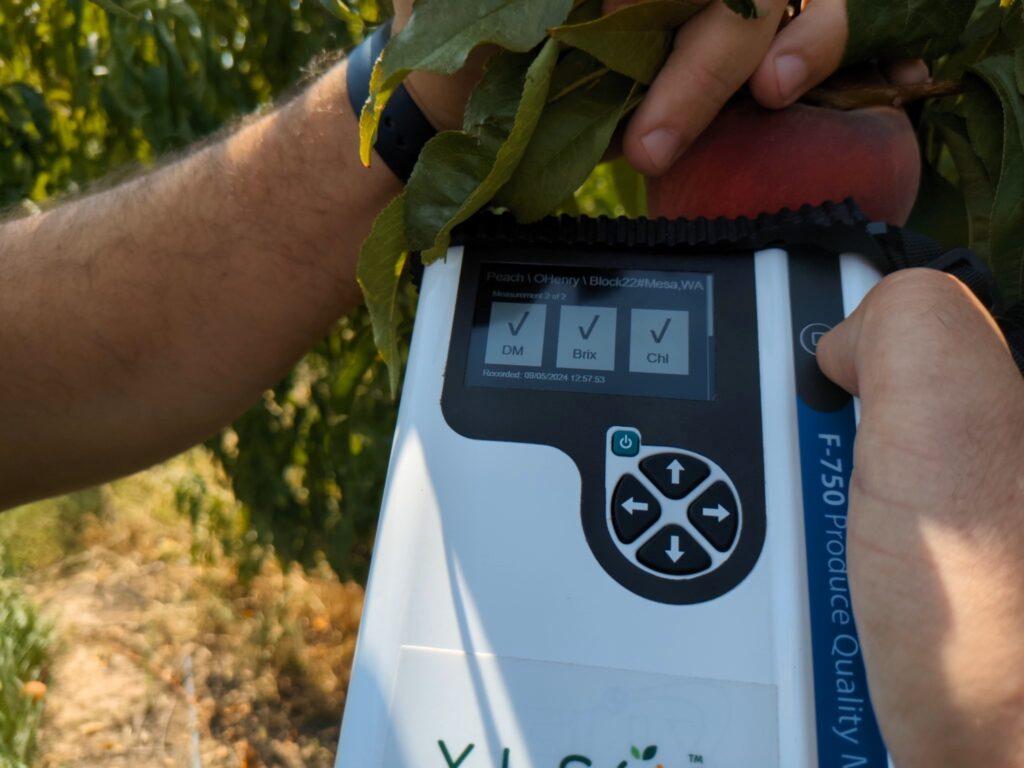

Keeping the window open a little longer
While one of the hallmarks of Colorado peaches is the impermanence of its season — a sweet and tangy appetizer into pumpkin-spice season — Minas is also working on ways to give growers a little more room for error.
“In a year with a high crop, growers are at a high risk of destroying the crop during storage because we want to satisfy consumers. We tend to harvest fruit a little bit more mature than normal for better juiciness,” Minas said. “The fruit does not last long in storage.”
Anyone who has made the mistake of refrigerating peaches too early knows it creates a mealy texture, a tragedy for researchers like Minas or growers like Talbott. (For consumers Minas suggests allowing the peaches to ripen for a day or two on the counter before any refrigeration)
Instead, Minas is experimenting with other ways to change the environment around peaches, including what amounts to a hypobaric chamber for peaches.


“We have been doing research over time, testing different technologies — very cool technologies — actually using a pump to create low pressure, change completely the pressure in the environment of the storage unit, play with CO2 and oxygen and using other agents to block ripening in order to prohibit the development of storage disorders,” Minas said.
Talbott said the extra time could be valuable for growers, though he said he still knows the appeal of Colorado peaches is hitting that limited sweet spot of the harvest.
“The Colorado deal is a fast and furious deal and we don't usually need it to last a long time after it's harvested. That's not normally how we're marketing. However, having said that mealy peaches are the death of the peach deal and if we can do anything to make it less likely that when peaches get soft, they're going to turn mealy. It's very helpful to us,” Talbott said.
Editor's Note: This story was corrected to accurately reflect that "hypobaric" is the term for low-oxygen, low-pressure storage.


